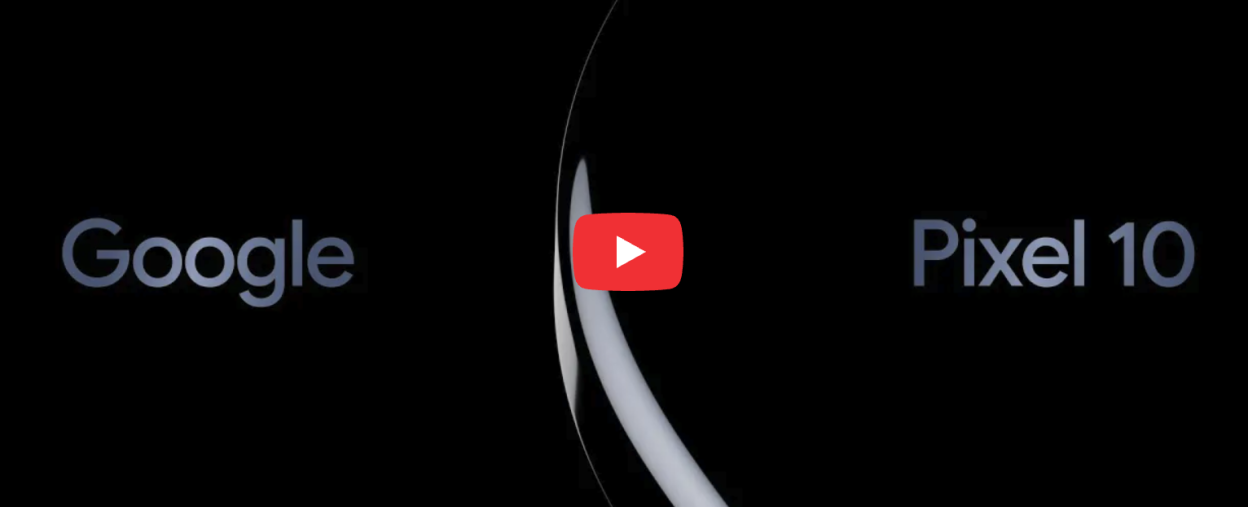The tech industry’s landscape has been significantly shaped by the ongoing rivalry between Google and Apple. Both companies have pioneered groundbreaking innovations, influencing how we interact with technology. This competition has spurred advancements and marketing campaigns targeting one another, with neither hesitating to highlight the other’s shortcomings.
Overview of the Advertising Ploys in Tech
Advertising in the tech industry often involves sharp, competitive narratives. Companies leverage their strengths while subtly or overtly pointing out competitors’ weaknesses. Google has been particularly adept at using its marketing campaigns to address the gaps in Apple’s offerings, such as delays in AI developments.
Introduction to the Pixel 10 Ad Campaign
The recent Google Pixel 10 ad campaign is a testament to Google’s strategic advertising prowess. By showcasing their latest product, the Google Pixel 10 Pro, the campaign capitalizes on Apple’s well-documented Siri delays, positioning Google’s product as the superior choice.
The Pixel 10 Ad: A Closer Look
Concept and Message of the Ad
The concept of the Pixel 10 ad revolves around highlighting advanced AI features and a seamless user experience. By cleverly mocking Apple’s Siri delays, Google positions its Pixel 10 Pro as the more technologically adept choice for consumers seeking cutting-edge AI capabilities.
Key Visual and Verbal Elements
The ad’s visual elements prominently feature the Pixel 10 Pro silhouette and emphasize its advanced design and features. Verbally, it underscores Google’s AI capabilities, contrasting them with the ongoing Apple intelligence delay, creating a compelling narrative of efficiency over stagnation.
Public Reaction and Media Coverage
Public and media reactions to the Pixel 10 ad have been largely favorable, applauding Google’s audacity and highlighting the ad’s effective positioning of the Pixel 10 Pro. Articles from outlets like Android Authority have noted the ad’s effectiveness as an Apple diss track, while others see it as a playful yet strategic move in their marketing campaign.
Understanding Apple’s AI Challenges
The Promise of Apple’s Siri Upgrade
Apple announced an ambitious AI Siri upgrade intended to revolutionize user interaction with their devices. However, the much-anticipated enhancements have faced delays, causing frustration among users eager for an improved Siri experience.
The Impact of Delayed AI Developments
The delays in Siri’s AI upgrade have allowed competitors, particularly Google, to capitalize on Apple’s stagnation. The inability to deliver on these promises has impacted Apple’s perceived innovation leadership, offering rivals an opportunity to showcase their advancements.
Inside Apple’s AI Architecture Struggles
Reports suggest Apple’s challenges stem from complications in their AI architecture, which hindered the timely delivery of the promised Siri capabilities. This situation underscores the intricate balance between innovation aspirations and technical hurdles.
Google’s Strategy in AI Marketing
Google’s AI Advancements in Pixel 10
The Pixel 10 series, including the Pixel 10 Pro XL, showcases Google’s commitment to integrating advanced AI features into their products. By focusing on these advancements, Google positions itself as a leader in the AI-driven smartphone market.
Competitive Analysis: Google vs. Apple in AI
Comparatively, Google’s aggressive marketing strategy and tangible AI enhancements offer a stark contrast to Apple’s delayed promises. The Pixel 10 official teaser further cements Google’s edge, depicting a robust development pipeline.
Marketing Strategies and Impact Assessment
Google’s marketing strategy, characterized by a combination of humorous and competitive narratives, not only boosts the Pixel 10’s image but also actively engages consumers in the ongoing tech rivalry, ensuring sustained interest and sales momentum.
Consumer Implications and Market Trends
Customer Expectations from Tech Companies
Customers today expect rapid innovation and consistent technological upgrades. Delays, such as those of Apple’s Siri, can lead to dissatisfaction and erode brand loyalty.
Trends in AI-Driven Smartphone Features
AI-driven features are increasingly becoming a benchmark for consumer choice in smartphones. Companies like Google, leading this trend, benefit from early adoption and consumer trust.
How Ads Influence Consumer Decisions
Advertisements not only inform but also shape consumer perceptions and expectations. Google’s clever use of competitive marketing in their Pixel 10 ad campaign significantly influences potential buyers, driving preference through relatability and timeliness.
Summary of Key Takeaways
Google’s Pixel 10 ad campaign exemplifies effective strategic marketing, leveraging Apple’s challenges to highlight its own strengths. This approach not only showcases Google’s technological prowess but also capitalizes on market gaps.
Future Outlook for Google and Apple in AI
As the AI race continues, both companies are expected to push boundaries further. Google’s current advantage will require sustained innovation to remain competitive as Apple addresses its AI architecture issues.
Final Thoughts on Tech Advertising
The ongoing battle between Google and Apple emphasizes the importance of timely, strategic advertising. By addressing market demands and competitor weaknesses, businesses can effectively reinforce their market position and drive consumer engagement.
FAQs
How does the Pixel 10 ad impact Apple’s market perception?
The Pixel 10 ad impacts Apple’s market perception by highlighting Apple’s delays, positioning Google as the more proactive innovator.
What are the main features of the Google Pixel 10?
The main features of the Google Pixel 10 include advanced AI capabilities, innovative design, and seamless performance.
Why is Siri’s upgrade significant for Apple users?
Siri’s upgrade is significant for Apple users as it promises enhanced interactivity and more personalized device experiences.
How do AI advancements affect smartphone usability?
AI advancements transform smartphone usability by enabling intuitive interfaces, predictive functionalities, and personalized user experiences.





